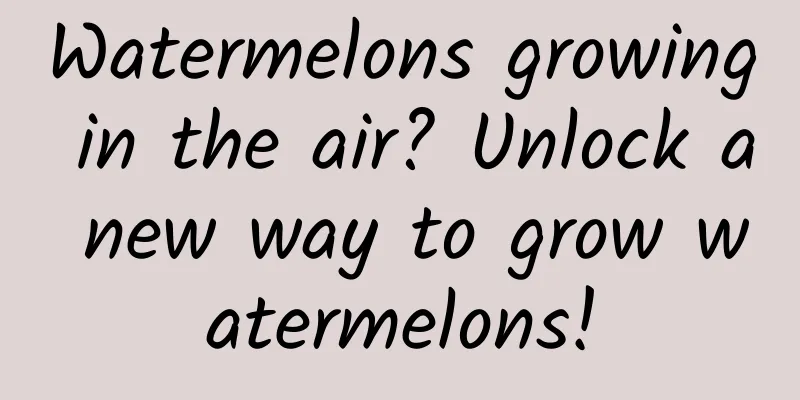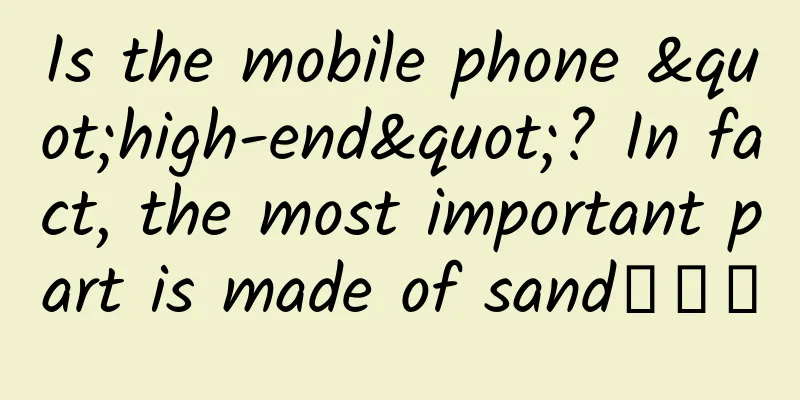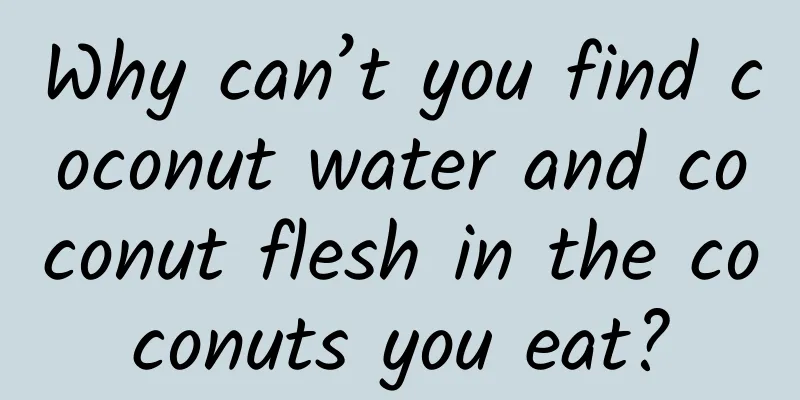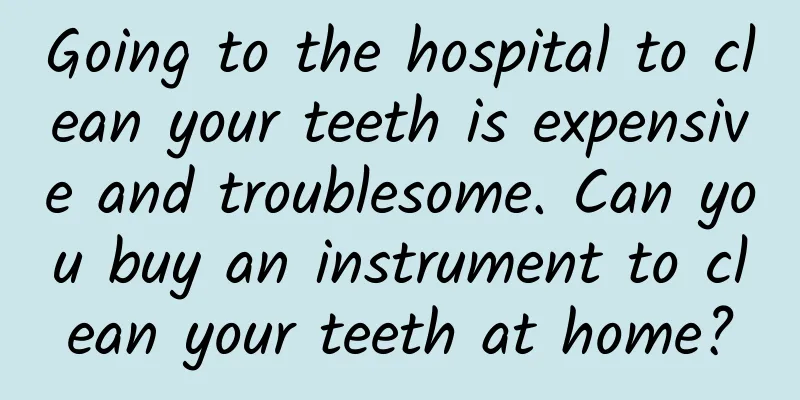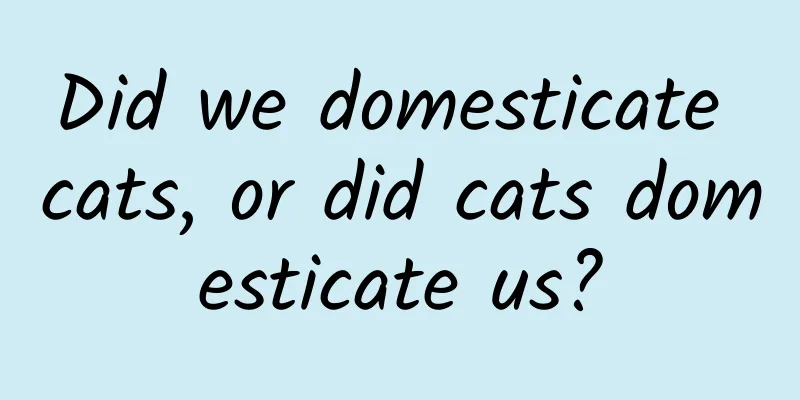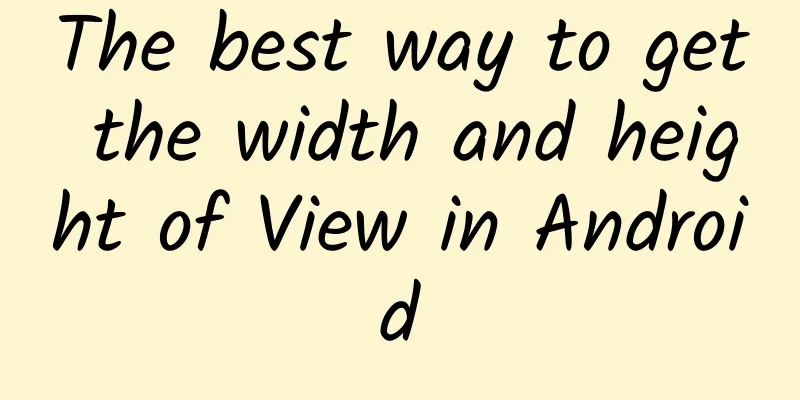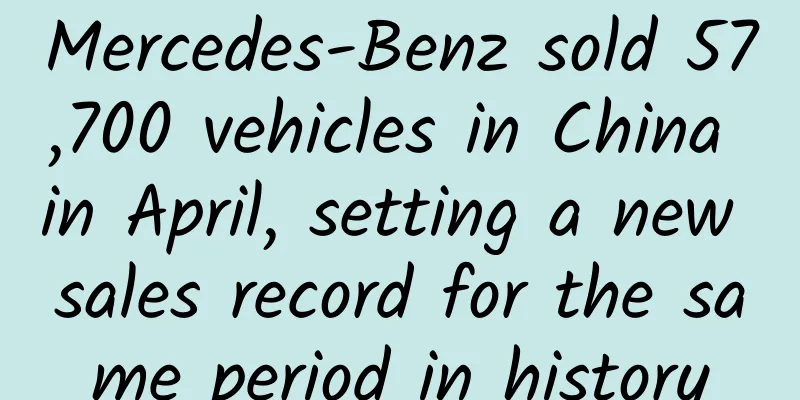Top physicists will discuss the future of quantum at the birthplace of quantum mechanics
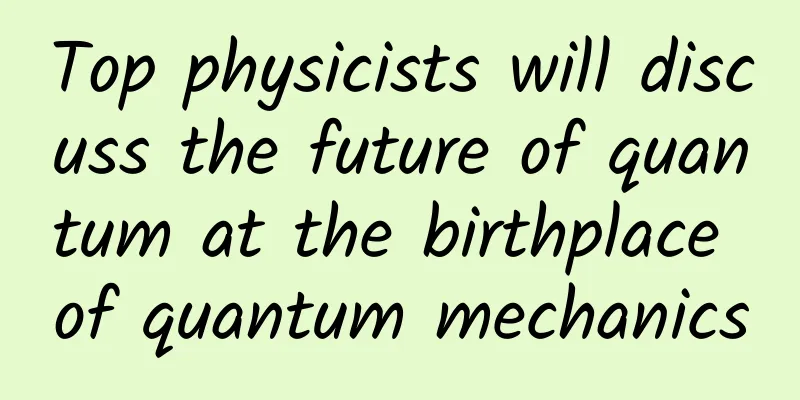
|
2025 was declared the "International Year of Quantum Science and Technology" by the United Nations because this year marks the 100th anniversary of the birth of quantum mechanics. In June 1925, Heisenberg proposed matrix mechanics on the German island of Heligoland, laying the foundation for the development of quantum mechanics. In the legendary story, this small island became the birthplace of quantum mechanics. One of the most important celebrations of the "International Year of Quantum Science and Technology" is the "Helgoland 2025 Conference" to be held here. For the unknown problems of quantum mechanics, invited scientists in the fields of theoretical and applied research will have in-depth discussions here. Over the past 100 years, the development of quantum mechanics has attracted worldwide attention. In the new 100 years, what kind of miracles will we witness? Written by Robert P. Crease (Professor of Philosophy at Stony Brook University) Translation | Snow In June 1925, on the island of Heligoland off the coast of Germany, Heisenberg founded matrix mechanics. Image source: wiki At 3 a.m. on a June morning in 1925, an exhausted 23-year-old suffering from allergies climbed onto the rocks of an island off the German North Sea. He was Werner Heisenberg (1901-1976), then a little-known physics postdoc. He had just cobbled together a framework using crude and unfamiliar mathematics that would soon develop into what we know today as “matrix mechanics.” If we insist on locating the birth of quantum mechanics in a specific place and time, it was on the island of Helgoland in June 1925. It is because of Heisenberg’s work a century ago that the United Nations has declared 2025 the International Year of Quantum Science and Technology. This is a global initiative to raise public awareness of quantum science and its applications, with numerous events taking place throughout the year. One of the most important events for physicists will be a symposium on the island of Heligoland from June 9 to 14, exactly 100 years after the origin of quantum mechanics. The conference, Helgoland 2025, is meant to honour Heisenberg’s contribution to matrix mechanics, which the organisers call “the first formalisation of quantum theory”. The symposium will explore “the intersection between the foundations of quantum mechanics and its increasingly rich real-world applications”, they say. But why was Heisenberg’s work so crucial to the development of quantum mechanics? Was it really as decisive as we think? And is the oft-told Helgoland story true? How it all began The background that prompted Heisenberg's trip can be traced back to the work of Max Planck (1858-1947) in 1900. Planck was trying to construct a formula to explain how certain materials absorb and emit light based on energy. In what he later called "an act of necessity," Planck found himself having to use the concept of "quanta," meaning that electromagnetic radiation is not continuous but can only be absorbed and emitted in discrete packets of energy. The idea of quantization loomed like a blemish on the elegant design of classical physics, its usefulness seemingly limited. Some physicists called it “ugly,” “absurd,” or even “offensive”; a theoretical patch that would come off sooner or later. But “quantum” proved indispensable, showing up in more and more branches of physics, including the structure of the hydrogen atom, thermodynamics, and solid-state physics. It was like an annoying visitor you tried to drive out of your home but couldn’t. Worse, its presence seemed to be growing. One scientist at the time commented that quantum was an “exuberant baby.” In the first 25 years of the 20th century, in addition to Planck, other physicists also tried to tame this baby, such as Wolfgang Pauli (1900-1958), Max Born (1882-1970), Niels Bohr (1885-1962) and Ralph Kronig (1904-1995). However, their efforts only resulted in rules that were only applicable to calculating specific phenomena, all starting from classical theory and adding conditions. "Quantum theory" is like a set of instructions for getting from point A to point B, but what people really want is "quantum mechanics" - a map that guides you to where you want to go no matter where you start through a unified set of rules. Heisenberg was a young fighter in this battle. He was born on December 5, 1901, the year after Planck's revolutionary discovery. Heisenberg had a personality that usually appeared in artists: handsome appearance, excellent musical talent, weak body, and severe allergies. In the summer of 1923, Heisenberg had just received his doctorate from the University of Munich, with Arnold Sommerfeld (1868-1951) as his supervisor, and began postdoctoral research under Born at the University of Göttingen. Heisenberg was said to be sensitive, handsome, musically gifted, but prone to allergies. Image credit: IanDagnall Computing/Alamy Stock Photo Like everyone else, Heisenberg got stuck trying to construct a mathematical framework for frequency, amplitude, orbit, position, and momentum in quantum phenomena. Perhaps, he thought, the problem was trying to describe these phenomena in an intuitive form similar to Newtonian mechanics. So he decided not to think of them as classical properties with specific values, but to think of them purely mathematically as operators acting on functions. It was then that he encountered an "unfortunate personal problem." Destination: Heligoland Exhausted by a severe bout of hay fever, Heisenberg asked Born for a two-week leave and sailed to Heligoland. This small island, about 50 kilometers from the German mainland, covers an area of less than 1 square kilometer. However, due to its military strategic location, Heligoland has a complicated history and has changed hands many times between different European powers. From 1714, it was part of Denmark, occupied by Britain in 1807, and returned to German control until 1890. During World War I, Germany converted Heligoland into a military base and evacuated all residents. When Heisenberg arrived, the troops had long since left and Heligoland was recovering its former reputation as a commercial fishing center and a relaxing tourist destination. Most importantly for Heisenberg, it was a place with a cool breeze and a place to stay away from allergies. A long-lost beauty. Heligoland Island is a popular tourist destination, where there is a fresh and cool sea breeze, which relieved Heisenberg's severe hay fever and allowed him to focus on his groundbreaking work in quantum mechanics. 丨 Image source: Aleksandra Tokarz On Saturday, June 6, 1925, Heisenberg arrived on Heligoland, coughing and sneezing, his face so swollen that his landlady concluded he had been in a fight. She put him up in a quiet room on the second floor of her hotel, facing the sea and overlooking the beach. But he didn’t stop working. “What happened on that desolate, grassless island for the next ten days has been the subject of much speculation and considerable romanticism,” historian David Cassidy wrote in his 1992 book Uncertainty: The Life and Science of Werner Heisenberg. Decades later, Heisenberg recalled that he had pondered over everything he had learned and began to construct equations about observable quantities (frequency and amplitude), which he called the "quantum-mechanical series." He sketched out a rough mathematical framework, but it was so clumsy and complicated that he wasn't even sure it obeyed the law of conservation of energy, which was obviously necessary. One night, Heisenberg turned to this problem. “I was very excited when I found the first few terms that seemed to be consistent with the law of conservation of energy,” he wrote in his 1971 book Physics and Beyond. But he was still so tired that he began to make mistakes in his mathematical derivations. “As a result, it was not until three in the morning that the calculations were finally presented to me.” The work still seemed unfinished, but his mood was full of anxiety and desire—it had successfully given him a glimpse of a whole new world, even if it had not been described in detail. “I was deeply astonished,” Heisenberg continued. “I had the feeling that, beneath the surface of atomic phenomena, I was peering into an inner world of strangeness and beauty. I was almost maddened by the thought that I must now explore these rich mathematical structures that nature had so generously laid out before me. I was too excited to sleep, so when daybreak came I went to the southern end of the island, where there is a rock face jutting out into the sea that I had longed to climb. I now climbed it without difficulty and waited for the sun to rise.” What happened on Heligoland? Historians are skeptical of Heisenberg's account. In their 2023 book Constructing Quantum Mechanics Volume Two: The Arch, 1923-1927, authors Anthony Duncan and Michel Janssen argue that Heisenberg's "progress during his visit to Heligoland in June 1925 was not as great as later biographies have suggested". They believe that Heisenberg may have "misremembered the results achieved on Heligoland four decades earlier" in Physics and Beyond. More importantly, as Cassidy questions in Uncertainty, how could Heisenberg be so sure that his results were consistent with the law of conservation of energy if he did not bring all his reference books with him (which he obviously did not)? Did Heisenberg really memorize the relevant data, as Cassidy suspected? Another historian, Alexei Kojevnikov, even doubts that Heisenberg was completely candid about the sources of his inspiration. In his 2020 book, The Copenhagen Network: The Birth of Quantum Mechanics from a Postdoctoral Perspective, Kojevnikov argues that escaping the influence of powerful mentors like Bohr, Born, Kronig, Pauli, and Sommerfeld was key to Heisenberg’s creativity. “To achieve his most daring intellectual breakthroughs,” Kojevnikov writes, “Heisenberg had to flee from the authority of his academic mentors to a temporary solitude and freedom on an island in the North Sea.” Whatever happened on that island, one thing is clear: as Cassidy concludes in his book, “Heisenberg had made a breakthrough.” He left Heligoland ten days after arriving, returned to Göttingen, and quickly completed a paper that was published in the Zeitschrift für Physik in September 1925. In it, Heisenberg wrote, “It is impossible to determine the time function of the position of the electron in space by observable means.” He then suggested, “It would seem wiser to abandon all hope of obtaining quantities that have hitherto been unobservable, such as the position and orbital period of the electron.” To modern ears, these comments by Heisenberg may not seem extraordinary. However, to those steeped in Newtonian mechanics, his views were almost unimaginable. Of course, the idea of completely abandoning the observability of these quantities is not entirely correct. Under certain conditions, it makes sense to talk about their observation. But they do understand the approach taken by Heisenberg. The problem was that the “quantum mechanical relations” in his proposal produced “non-commutative” formulas, a disturbing asymmetry that was surely a false feature of a physical theory. Heisenberg almost glossed over this point in his Physics Magazine article, reducing it to a single sentence. On the other hand, Born, who was more mathematically savvy, realized that the mathematical formulas were somewhat familiar, and soon realized that Heisenberg's so-called "quantum mechanical relations" expressed in strange tables were actually what mathematicians call matrices. Heisenberg was not satisfied with such a name for his work and considered reusing what he called "quantum mechanical series." Fortunately, he did not do so, or the basis for the Heligoland 2025 conference would be even more difficult to describe. Born was delighted by the connection with traditional mathematics. In particular, he found that when the matrix p related to momentum and the matrix q related to position are multiplied in different orders, the difference between them is proportional to Planck's constant h. As Born wrote in his 1956 book Physics in My Generation: “I shall never forget the excitement I experienced when I succeeded in condensing Heisenberg’s ideas about quantum conditions into the mysterious equation pq-qp=h/2πi, which was the core of the new mechanics and which later turned out to imply the uncertainty relation.” In February 1926, Born, Heisenberg, and Jordan published a landmark paper clarifying the meaning of the equation. At last, physicists had a “map” of the quantum realm. Nearly four decades later, in an interview with historian Thomas Kuhn (1922-1996), Heisenberg recalled Pauli's "extremely enthusiastic" reaction to this development. "[Pauli] roughly said 'Morgenröte einer Neuzeit,'" Heisenberg told Kuhn, "the dawn of a new era." But after this dawn, it was not all smooth sailing. Some physicists were not interested in Heisenberg's new mechanics, while others were outright skeptical. Heisenberg (right) won the 1932 Nobel Prize in Physics for "creating quantum mechanics". Paul Dirac (1902-1984) and Schrödinger also won the prize that year. The picture shows Schrödinger (left) and King Gustav V of Sweden (center) at the Nobel Prize ceremony held in Stockholm in December 1933. 丨Image source: AIP Emilio Segrè Visual Archives But the successful applications kept coming. Pauli applied the equation to the emission of light from hydrogen atoms and derived the Balmer formula, an empirical rule that had been known since the mid-1880s. Then, in one of the most astonishing coincidences in the history of science, the Austrian physicist Erwin Schrödinger (1887-1961) drew a complete map of the quantum realm based on a more familiar mathematical foundation, "wave mechanics." Crucially, Heisenberg's matrix mechanics and Schrödinger's wave mechanics turned out to be the same. And with that came even more far-reaching implications. In a September 1926 article in Naturwissenschaften, Heisenberg wrote that our “ordinary intuitions” no longer apply in the subatomic realm. “Since electrons and atoms do not have physical reality in the same way as the objects of our everyday experience,” he said, “the study of their peculiar physical reality is the subject-matter of quantum mechanics.” The alarming thing was that quantum mechanics was subverting reality itself, because the uncertainty it introduced was not just mathematical but “ontological”—meaning it concerned fundamental features of the universe. Early the following year, Heisenberg derived the equation ΔpΔq≥ћ/4π, the “uncertainty principle,” in correspondence with Pauli, which became standard in quantum mechanics. However, the “neonatal complications” of quantum mechanics persisted, and some even became more complicated. Meetings to promote communication One hundred years after Heisenberg set foot on Helgoland, quantum mechanics continues to baffle physicists. “I think most people agree that we are still struggling to understand even the most basic non-relativistic quantum mechanics,” says Jack Harris, a quantum physicist at Yale University who co-organized the Helgoland 2025 conference with Časlav Brukner, Steven Girvin and Florian Marquardt. "We don't fully understand the quantum world yet," added Igor Pikovsky from Stevens Institute of Technology, who studies gravitational phenomena and quantum optics. "We apply it, generalize it, develop quantum field theory, and so on, but there are still many areas that are unknown." He pointed out that philosophers and quantum physicists have been engaged in a heated debate on the interpretation and foundations of quantum mechanics, but the results of these discussions are not clear. Heligoland 2025 promises to change all that. Advances in experimental techniques are enabling us to ask new types of fundamental questions about quantum mechanics. “You have the opportunity to study quantum physics at a completely different scale,” Pikovsky says. “You can build macroscopic quantum systems like Schrödinger’s cat, or very large quantum systems to test. You don’t have to have philosophical debates about whether there is a measurement problem or the boundary between classical and quantum anymore — you can study these issues experimentally.” A fundamental phenomenon in the puzzle of quantum mechanics is entanglement, which makes it impossible to describe the quantum state of one system independently of the states of other systems. Physicists have known that entanglement in systems is an important part of what makes quantum mechanics so strange, thanks to the Einstein-Podolsky-Rosen (EPR) paper, the experimental demonstration of entanglement by Chien-Shiung Wu (1912-1997) and Irving Shaknov in 1949, and the theorem proposed by John Bell (1928-1990) in 1964. Understanding these entanglement phenomena, in turn, has led physicists to realize that information is a fundamental physical concept in quantum mechanics. “Even a basic physical quantum system behaves in ways that depend on the information it stores in other systems,” Harris said. “This is the starting point not only for a deeper understanding of what quantum mechanics tells us about the nature of the world, but also for applying it.” Therefore, the Heligoland 2025 conference will focus on the two-way exchange between the foundations and applications of quantum mechanics, making it a unique event. Harris added: "The purpose of this conference is to act as a catalyst. Some people may not realize that there are people working on similar problems in other fields, and many people have never met each other." The conference will also further enrich the disciplinary diversity through student participation and poster presentation sessions, covering a wider range of research topics. Theoretical physicist Ana Maria Rey is looking forward to such exchanges. She is a professor at the University of Colorado Boulder and a researcher at the Joint Laboratory for Astrophysics (JILA). She studies quantum phenomena, improves atomic clocks and promotes the progress of quantum computing. "There will be people studying black holes, and I am familiar with their research, but we have never met," she said. It should be easy to meet here: the island is very small, and only a small group of people are invited to attend. Another unique aspect of the Heligoland conference is that the number of participants in applied research is almost equal to that in theoretical research. But this does not surprise Magdalena Zych, a physicist at Stockholm University in Sweden. “I prefer this model because I started my academic career in Vienna, where Anton Zeilinger’s research group has always been committed to combining theory and application,” she said. Zych’s team recently discovered a way to use the uncertainty principle to better understand the semiclassical spacetime trajectories of composite particles. She plans to discuss at the Heligoland conference that the research, which relies on Heisenberg’s theory in a specific context, is the product of specific theoretical work, while having more general applicability. “This fits in with the theme of the conference, which is both looking back and looking forward, while covering a wide range of areas from theory to application.” Unfortunately, attendees were unable to visit Heisenberg's former home or any of the places he might have visited. During World War II, Germany once again evicted the inhabitants of Heligoland and turned the island into a military base. After the war, the Allies detonated explosives that had been stored on the island in what is said to be one of the largest conventional explosions in history. The razed home was then returned to its inhabitants. There are still rocks jutting out into the sea at the southern tip of Heligoland, one of which may be where Heisenberg climbed early in the morning to gain inspiration. Even if his story is thick with myth, participants in the Heligoland 2025 conference are not asked to herald another dawn. “We’re not going to turn into 300 Heisenbergs and go hiking,” Harris said. “And we’re certainly not going to run away from each other.” Science historian Mario Biagioli once wrote an article titled “The Immortality of Scientific Revolutions,” which emphasizes how arbitrary key developments in science are—regardless of their impact or duration, or whether they begin and end in a particular time and place, each generation of scientists will dig up more from the new discoveries of their predecessors. With many people working on fundamental questions like those to be discussed at the Heligoland 2025 conference, new light will surely emerge. One hundred years later, the quantum revolution is still vibrant. The “Helgoland 2025” conference, which will take place from 9 to 14 June 2025, is the perfect venue for a major event in the field of quantum physics. Five Nobel laureates in quantum foundations will be present: David Wineland and Serge Haroche, winners in 2012 for their work on measuring and manipulating individual quantum systems; and Alain Aspect, John Clauser and Anton Zeilinger, winners in 2022 for their work on quantum information science. Charles Bennett and Gilles Brassard, pioneers in quantum cryptography, quantum transmission and other applications, will also be present. In addition, there is Carlton Caves, an expert in quantum sensing. Industry researchers also plan to attend, including Krysta Svore, vice president of Microsoft's quantum division. Other attendees come from the intersection of basic research and applications. Some researchers focus on gravity research, mainly quantum gravity phenomenology, with the goal of finding experimental signs of this effect. Others are working on quantum clocks and new methods of light control, such as using squeezed light in LIGO to detect gravitational waves. The event will kick off on June 9 in Hamburg with a banquet and several lectures. The next morning, attendees will take a ferry to the island of Heligoland to begin a week of lectures, panel discussions and poster sessions. All talks will be plenary sessions, while in the evenings, panels of about a half-dozen people will tackle bigger questions that are familiar to every quantum physicist but rarely addressed in their research papers. What, for example, makes quantum mechanics compatible with so many interpretations? If you're planning to attend, your chances are slim. Registration closes in April 2024, and accommodation is almost fully booked. Participants will have to share double rooms or are invited to bring their own gear and camp on the beach. This article is based on the Creative Commons License Agreement (CC BY-NC) translated from Robert P Crease, Return to Helgoland: celebrating 100 years of quantum mechanics. Special Tips 1. Go to the "Featured Column" at the bottom of the menu of the "Fanpu" WeChat public account to read a series of popular science articles on different topics. 2. Fanpu provides a function to search articles by month. Follow the official account and reply with the four-digit year + month, such as "1903", to get the article index for March 2019, and so on. Copyright statement: Personal forwarding is welcome. Any form of media or organization is not allowed to reprint or excerpt without authorization. For reprint authorization, please contact the backstage of the "Fanpu" WeChat public account. |
<<: The tent is made of 100 tiger skins, the only one of its kind in the world
>>: Ahhh, so annoying! Why do I always feel that hair loss is more likely in autumn and winter?
Recommend
Red alert! Super Typhoon Dusurui is coming with great force. How can we defend ourselves scientifically?
"Du Su Rui" is here! The Central Meteor...
Changsha Tea Selection Club, studio appointment arrangement, high-end environment, reliable
185-6916-1745, same number as WeChat, contact inf...
Half of Americans refuse to buy fully self-driving cars, and the safety of self-driving cars is causing anxiety
Recently, a new survey by foreign media found tha...
Experience Meizu Blue Note: A combination of many "firsts"
This year, Meizu launched two new products, MX4 a...
The most amazing history of Song Dynasty
The most amazing history of Song Dynasty in histor...
Meizu App Store information flow advertising promotion, the delivery material requirements are standardized!
Meizu information flow map Material format: JPG /...
Horror movie comes true: flood, more than 70 crocodiles escape...
On September 11, a video circulated online said t...
How to operate and promote Weibo? 5 tips for Weibo operation and promotion!
Weibo's business model is already quite matur...
11 features that iOS 8/9 copied from Android...
Apple is a company that innovates, but it's n...
Xiaomi is on the left and Meizu is on the right
Meizu has been waiting for a long time for the op...
The misconception that if customers don't come in, sales equal zero must be eliminated.
At present, if many home appliance retailers stil...
Three "counter-common sense" of marketing
Why can’t our schools always produce outstanding ...
The most comprehensive guide to Kuaishou information flow advertising is online
Kuaishou is a well-known short video application ...
"18 Psychological Manipulation Techniques for Marriage and Love" conquers men's weaknesses and firmly locks their hearts
Training course content: Women are always trapped...
